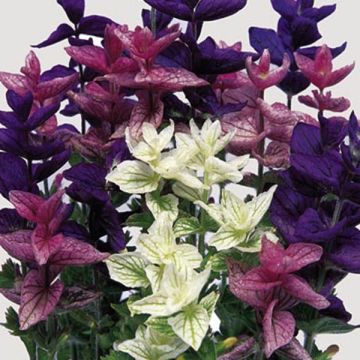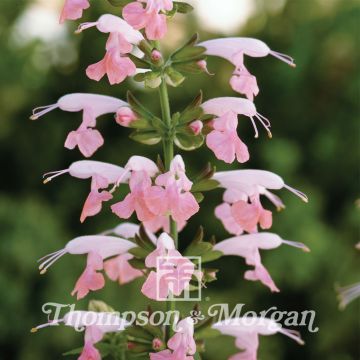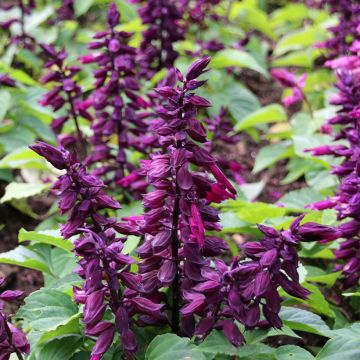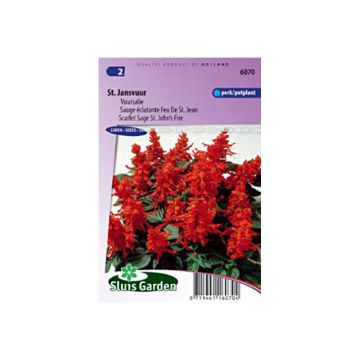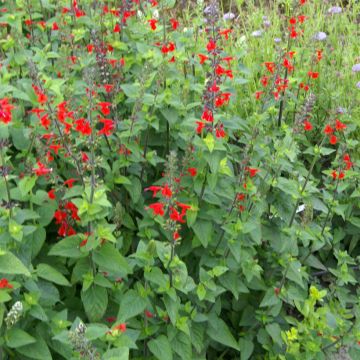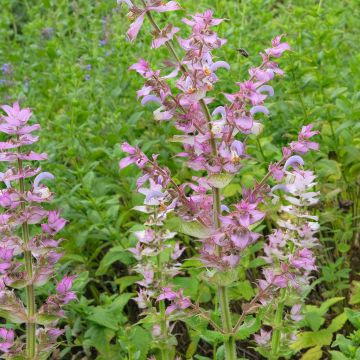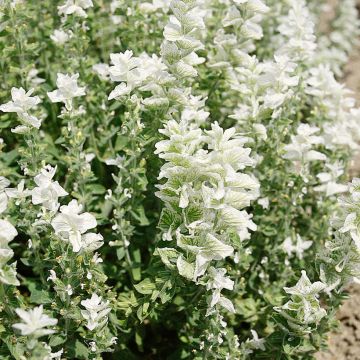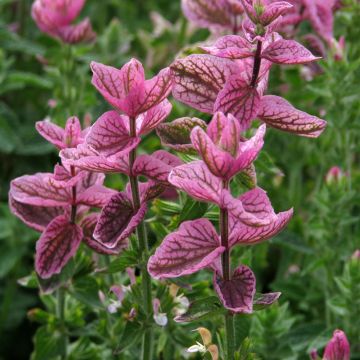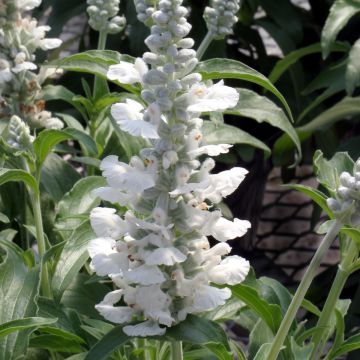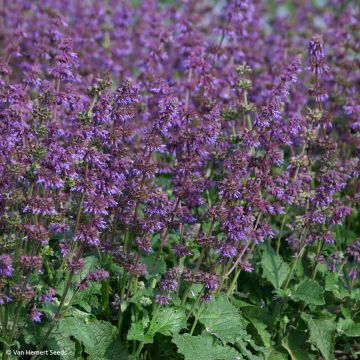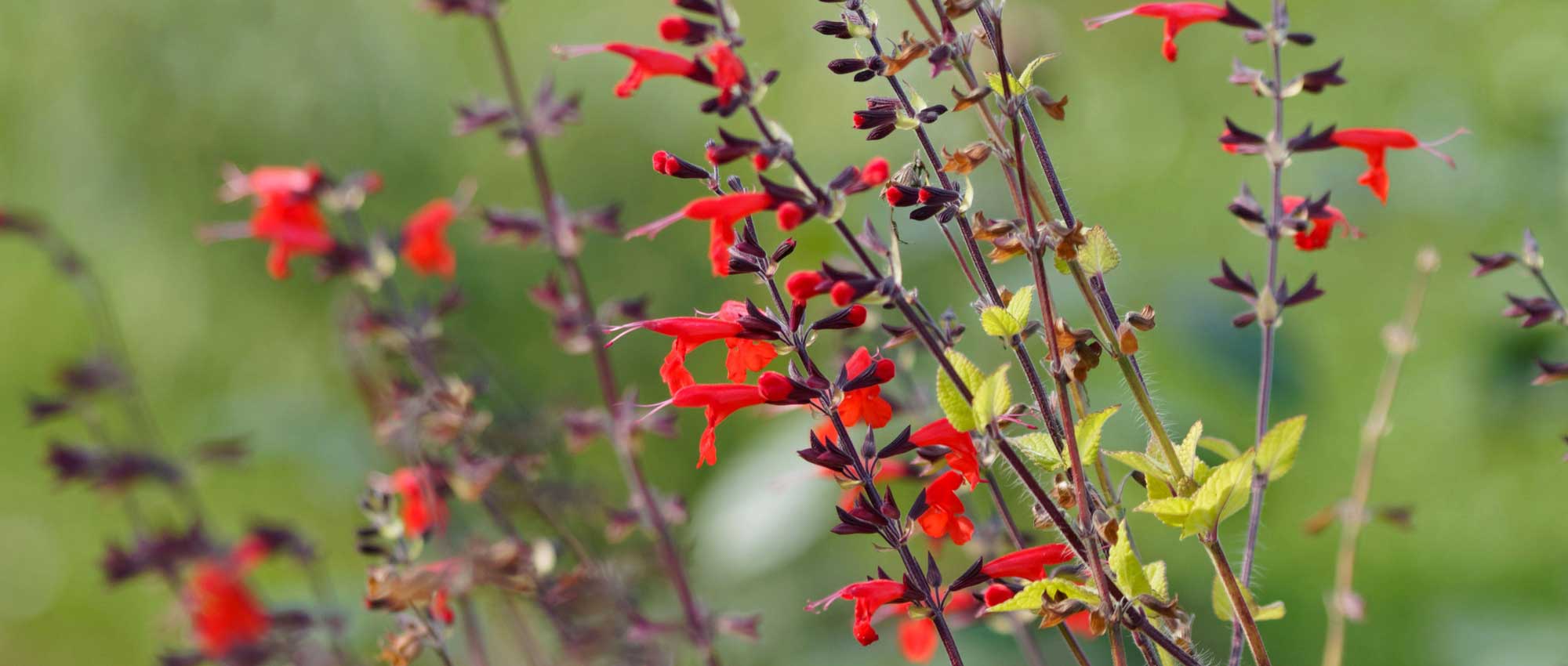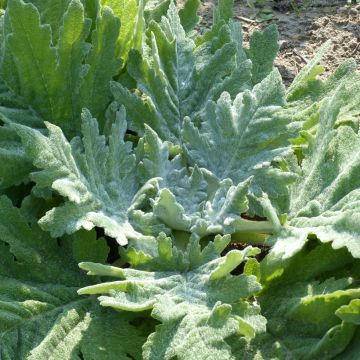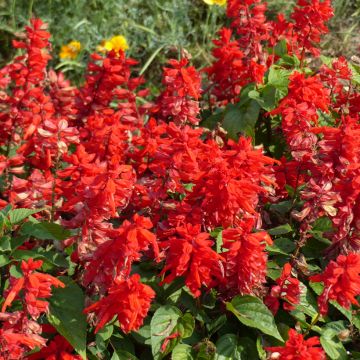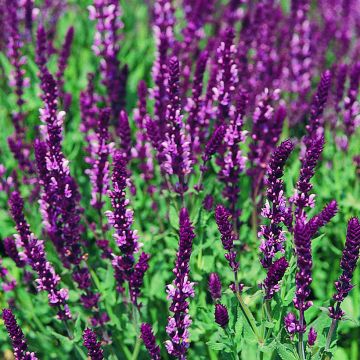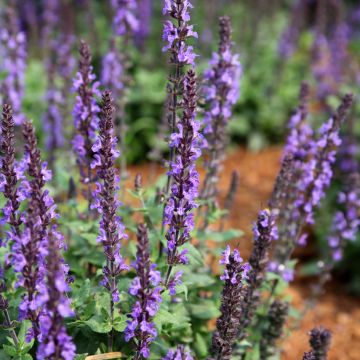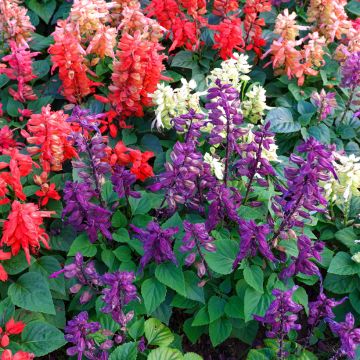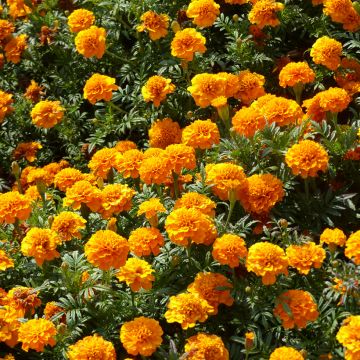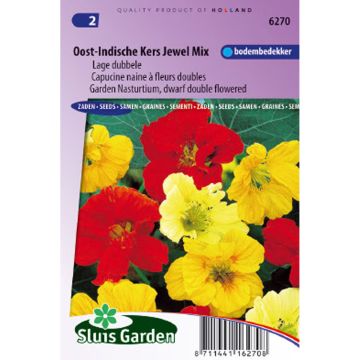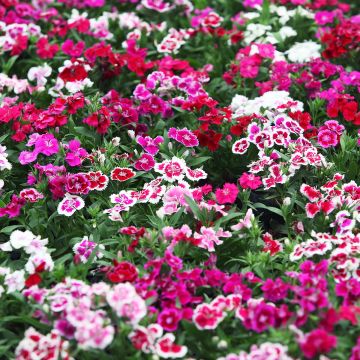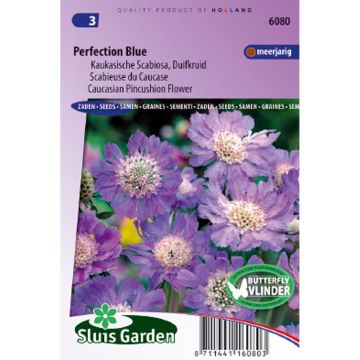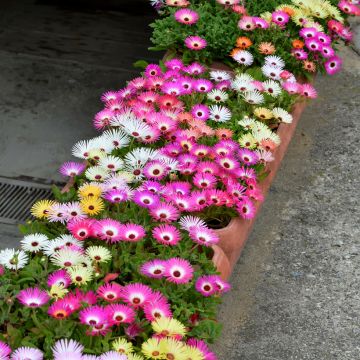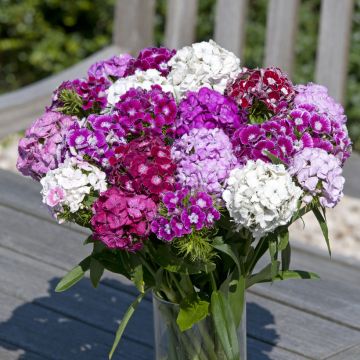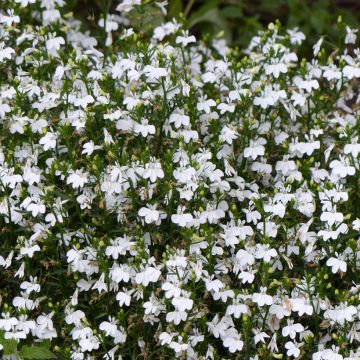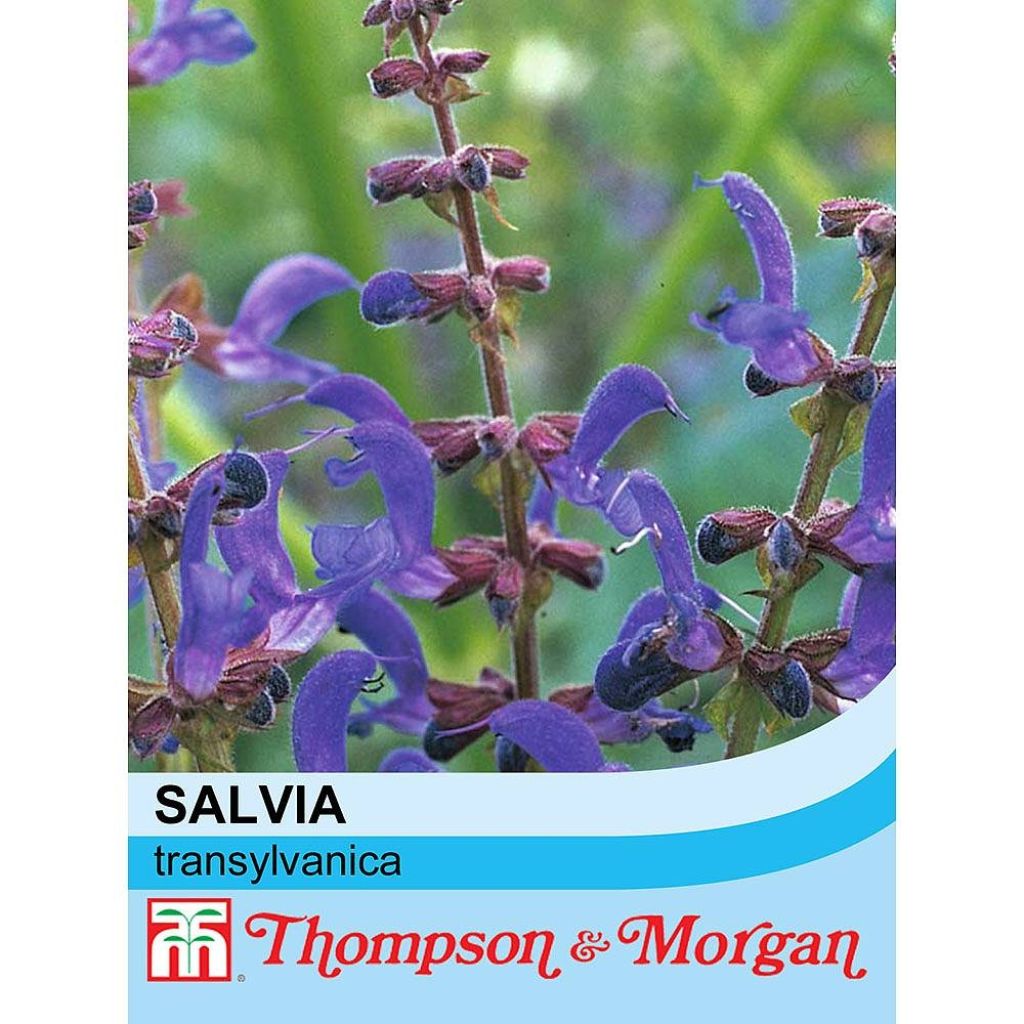

Salvia transylvanica
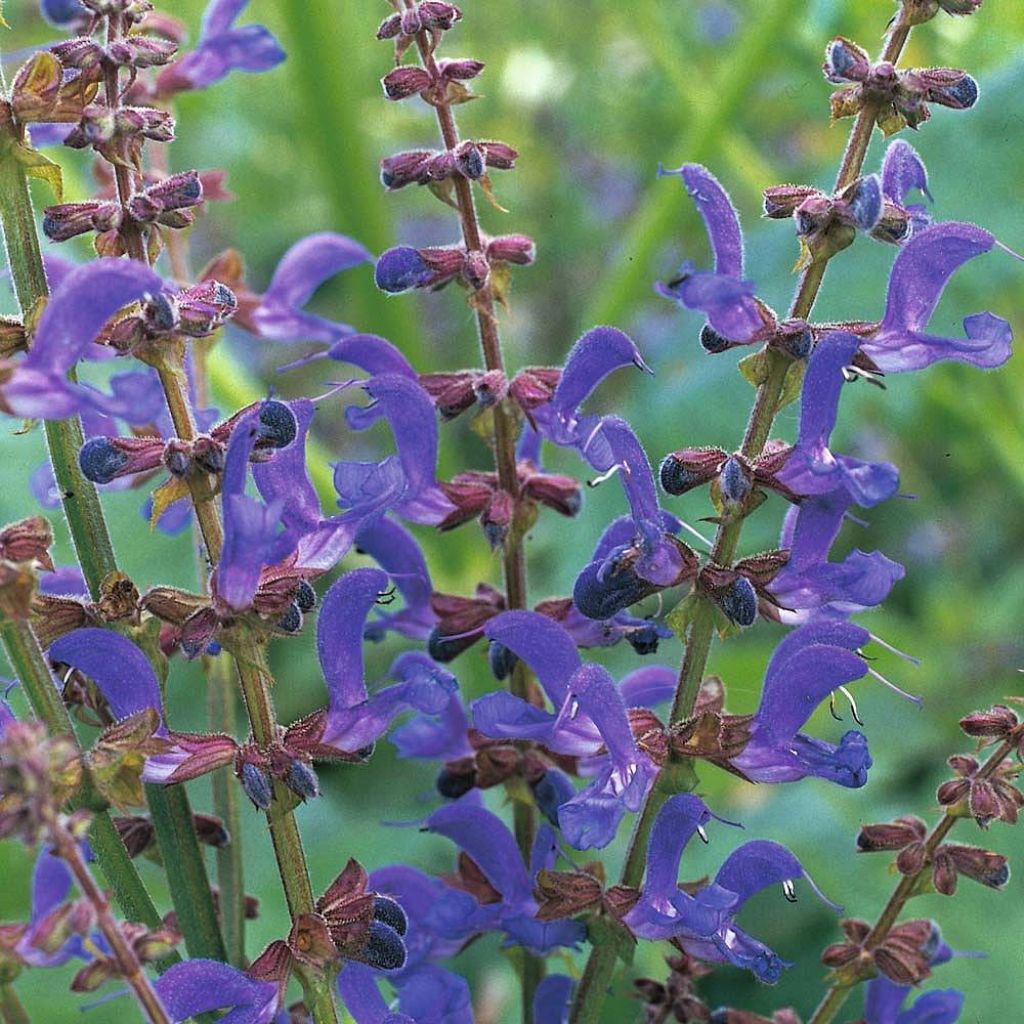

Salvia transylvanica
Salvia transylvanica
Salvia transylvanica
Transylvanian sage
Special offer!
Receive a €20 voucher for any order over €90 (excluding delivery costs, credit notes, and plastic-free options)!
1- Add your favorite plants to your cart.
2- Once you have reached €90, confirm your order (you can even choose the delivery date!).
3- As soon as your order is shipped, you will receive an email containing your voucher code, valid for 3 months (90 days).
Your voucher is unique and can only be used once, for any order with a minimum value of €20, excluding delivery costs.
Can be combined with other current offers, non-divisible and non-refundable.
Why not try an alternative variety in stock?
View all →This plant carries a 6 months recovery warranty
More information
We guarantee the quality of our plants for a full growing cycle, and will replace at our expense any plant that fails to recover under normal climatic and planting conditions.
Would this plant suit my garden?
Set up your Plantfit profile →
Description
Salvia transylvanica is a hardy perennial bush that is native to Romania and Russia. Sadly, this beautiful plant is underused in gardens. It boasts a long summer flowering period of intense blue-violet blooms. It is easy to grow in well-drained and sunny soils. This wild plant is both charming and robust. It can be combined in beds and borders with all kinds of plants, bringing colour, texture, and dynamism to countryside or romantic-inspired settings.
Salvia transylvanica belongs to the Lamiaceae family, like all other salvias. It is a perennial with an upright habit, reaching a height of 60 to 80cm (24 to 32in) and spreading up to 45cm (18in). It first forms a dark green rosette of large leaves that persist in winter. The leaves have a somewhat wrinkled appearance and are slightly aromatic when crushed. The plant spreads laterally over time and can occupy up to one square metre of ground. Flowering begins in May-June, depending on the climate, and continues until the onset of autumn if faded flowers are regularly removed. Sturdy stems measuring 60cm (24in) in height emerge from the rosette, densely covered with bilabiate flowers in their upper part. These flowers, measuring 2cm (1in) in length, are vividly coloured in bright blue-violet and enclosed in purple-violet bracts. They are arranged in pairs along the stem. The nectar-rich flowering is attractive to bees and nourishes many pollinating insects. The seeds readily self-sow in well-drained and light soil. Once well-established, this sage tolerates dry summers quite well, but flowering will decrease until the return of late summer rains.
Transylvanian sage is a long-lasting plant, ideal for sunny flower beds or in the foreground of borders. Its blue flowers blend well with the intense pink of Salvia microphylla flowers, which are at their most beautiful in September. It looks wonderful with asters, grey foliage (Artemisia 'Powis Castle', Senecio viravira), yellow and orange daylilies, mullein, or Verbascum bombyciferum 'Silver Lining'. Its flower spikes will lighten the double corollas of white, yellow, pink, or orange roses.
Flowering
Foliage
Plant habit
Botanical data
Salvia
transylvanica
Lamiaceae
Transylvanian sage
Caucasus
Other Salvia seeds
View all →Planting and care
Sowing
Sow from late January to April.
Sow the seeds on the surface of light, moist, and well-drained soil. Cover with a thin layer of vermiculite or compost. Seal hermetically in a transparent plastic bag at a temperature of 18 to 25°C (64.4 to 68°F) until germination, which will take about 7 to 30 days. Expose the seeds to light, as it facilitates germination.
When they are large enough to handle, transplant them into 7cm (3in) diameter pots. Grow them in a cool place for 10 to 15 days before planting them outside in spring or autumn, spacing them 45cm (18in) apart. Avoid cold exposures and wet soil during winter.
Cultivation
Salvia transylvanica requires a sunny position to flower. It tolerates various soil types, if they are deep and well-drained, but it is sensitive to excessive winter moisture, which can harm its hardiness. In heavy soil, plant on a mound and/or mix gravel, compost, and coarse sand into the soil. Once established, the plant will tolerate hot and dry summers quite well, although occasional watering is welcome during prolonged droughts. Fertiliser is not necessary. Remove faded flower spikes to prolong the flowering period.
Sowing period
Intended location
Planting & care advice
This item has not been reviewed yet - be the first to leave a review about it.
Similar products
Haven't found what you were looking for?
Hardiness is the lowest winter temperature a plant can endure without suffering serious damage or even dying. However, hardiness is affected by location (a sheltered area, such as a patio), protection (winter cover) and soil type (hardiness is improved by well-drained soil).

Photo Sharing Terms & Conditions
In order to encourage gardeners to interact and share their experiences, Promesse de fleurs offers various media enabling content to be uploaded onto its Site - in particular via the ‘Photo sharing’ module.
The User agrees to refrain from:
- Posting any content that is illegal, prejudicial, insulting, racist, inciteful to hatred, revisionist, contrary to public decency, that infringes on privacy or on the privacy rights of third parties, in particular the publicity rights of persons and goods, intellectual property rights, or the right to privacy.
- Submitting content on behalf of a third party;
- Impersonate the identity of a third party and/or publish any personal information about a third party;
In general, the User undertakes to refrain from any unethical behaviour.
All Content (in particular text, comments, files, images, photos, videos, creative works, etc.), which may be subject to property or intellectual property rights, image or other private rights, shall remain the property of the User, subject to the limited rights granted by the terms of the licence granted by Promesse de fleurs as stated below. Users are at liberty to publish or not to publish such Content on the Site, notably via the ‘Photo Sharing’ facility, and accept that this Content shall be made public and freely accessible, notably on the Internet.
Users further acknowledge, undertake to have ,and guarantee that they hold all necessary rights and permissions to publish such material on the Site, in particular with regard to the legislation in force pertaining to any privacy, property, intellectual property, image, or contractual rights, or rights of any other nature. By publishing such Content on the Site, Users acknowledge accepting full liability as publishers of the Content within the meaning of the law, and grant Promesse de fleurs, free of charge, an inclusive, worldwide licence for the said Content for the entire duration of its publication, including all reproduction, representation, up/downloading, displaying, performing, transmission, and storage rights.
Users also grant permission for their name to be linked to the Content and accept that this link may not always be made available.
By engaging in posting material, Users consent to their Content becoming automatically accessible on the Internet, in particular on other sites and/or blogs and/or web pages of the Promesse de fleurs site, including in particular social pages and the Promesse de fleurs catalogue.
Users may secure the removal of entrusted content free of charge by issuing a simple request via our contact form.
The flowering period indicated on our website applies to countries and regions located in USDA zone 8 (France, the United Kingdom, Ireland, the Netherlands, etc.)
It will vary according to where you live:
- In zones 9 to 10 (Italy, Spain, Greece, etc.), flowering will occur about 2 to 4 weeks earlier.
- In zones 6 to 7 (Germany, Poland, Slovenia, and lower mountainous regions), flowering will be delayed by 2 to 3 weeks.
- In zone 5 (Central Europe, Scandinavia), blooming will be delayed by 3 to 5 weeks.
In temperate climates, pruning of spring-flowering shrubs (forsythia, spireas, etc.) should be done just after flowering.
Pruning of summer-flowering shrubs (Indian Lilac, Perovskia, etc.) can be done in winter or spring.
In cold regions as well as with frost-sensitive plants, avoid pruning too early when severe frosts may still occur.
The planting period indicated on our website applies to countries and regions located in USDA zone 8 (France, United Kingdom, Ireland, Netherlands).
It will vary according to where you live:
- In Mediterranean zones (Marseille, Madrid, Milan, etc.), autumn and winter are the best planting periods.
- In continental zones (Strasbourg, Munich, Vienna, etc.), delay planting by 2 to 3 weeks in spring and bring it forward by 2 to 4 weeks in autumn.
- In mountainous regions (the Alps, Pyrenees, Carpathians, etc.), it is best to plant in late spring (May-June) or late summer (August-September).
The harvesting period indicated on our website applies to countries and regions in USDA zone 8 (France, England, Ireland, the Netherlands).
In colder areas (Scandinavia, Poland, Austria...) fruit and vegetable harvests are likely to be delayed by 3-4 weeks.
In warmer areas (Italy, Spain, Greece, etc.), harvesting will probably take place earlier, depending on weather conditions.
The sowing periods indicated on our website apply to countries and regions within USDA Zone 8 (France, UK, Ireland, Netherlands).
In colder areas (Scandinavia, Poland, Austria...), delay any outdoor sowing by 3-4 weeks, or sow under glass.
In warmer climes (Italy, Spain, Greece, etc.), bring outdoor sowing forward by a few weeks.






























